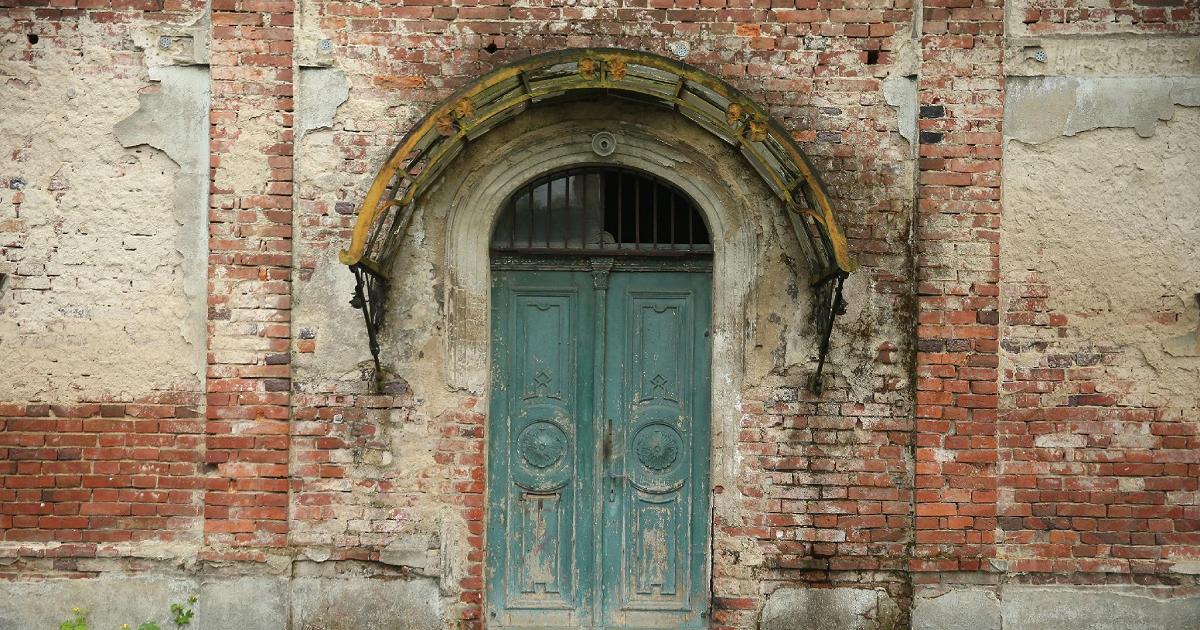The recent case of the young girl found lifeless in a dilapidated church in the Aosta Valley has highlighted a phenomenon that has always existed, that of tourism linked to abandoned places and to which the victim of what takes the shape of a crime appears to have been dedicated.
Let it now be defined Urbex or, just a few years ago, Abandonalismthe term however indicates the fascination exercised by cemeteries, villas, urban structures such as schools and offices, once inhabited then abandoned, left to neglect and the passage of time and indiscriminately erodes objects and memories, leaving behind him the question: “I wonder if anyone here was happy”.
Visiting abandoned places is dangerous, the disclaimer on some sites, with their social pages, is clear and the privacy of those posting is preserved. That a roof could fall on your head or that you risk tripping over fallen pieces of wall and torn furniture is more than a possibility.
“Crossing the threshold of the “Villa delle Bambole”, I found myself immersed in a magical and decadent world, where every corner told a story imbued with sweetness in this abandoned residence. The entrance hall, lit by the faint light that filtered through the now faded windows, seemed to welcome us with an army of stuffed animals, each carefully positioned like a childhood guardian“. This is one of the testimonies collected within one of the main online sites which report photos, documentation and stories of explorations in dilapidated buildings with a strong ancestral reminder of a time that passes like sand between the fingers.
The attraction is exerted net of old houses which are falling apart: in 2024 also what we call “industrial archaeology” in fact, it appeals to the curiosity of these spaces once inhabited by workers, imagining their lives before crossing the threshold of the factories, during and after. The evolution towards modernity he also went through these walls, the buttons of the automated machines, the toilets. But also the cinemas which welcomed within them, on these chairs, dreams, tears and emotion.
Among the places that attract us we also find old discotheques of the 90s: the crystallized glasses on the tables, the sofas which welcomed the young people and the achievements and the question: “Who knows how it ended, if these two ended up falling in love.”
A site which promotes this new form of tourism writes: “Doing urbex is more than a hobby, it is more than a passion: it is a lifestyle. This means deeply loving what surrounds us, the artistic and socio-cultural heritage of a country. Urbex Story sees what is invisible to others. It's not just about exploring, but about sharing the history of the places visited.”
“Faced with a place in ruins, a mixture of fear and nostalgia is generated, but also a thrill of excitement,” reports another site dedicated to word of mouth linked to forgotten places. “An experience that made me think ephemeral nature of life and intrinsic beauty of the pasteven when it manifests itself as abandonment,” says a fan of this practice.
But what is the reason for this admiration for abandoned places and objects? Sonia Paone, professor of urban sociology at the University of Pisa, said in an interview a few years ago: “Ruins have always been fascinating because they allude to the ephemeral nature of human labor., to the inexorable passage of time, to the transience of things. Today, the cosmic tragedy of a nature that could take over again makes the ruins of the present time a source of inspiration.”

